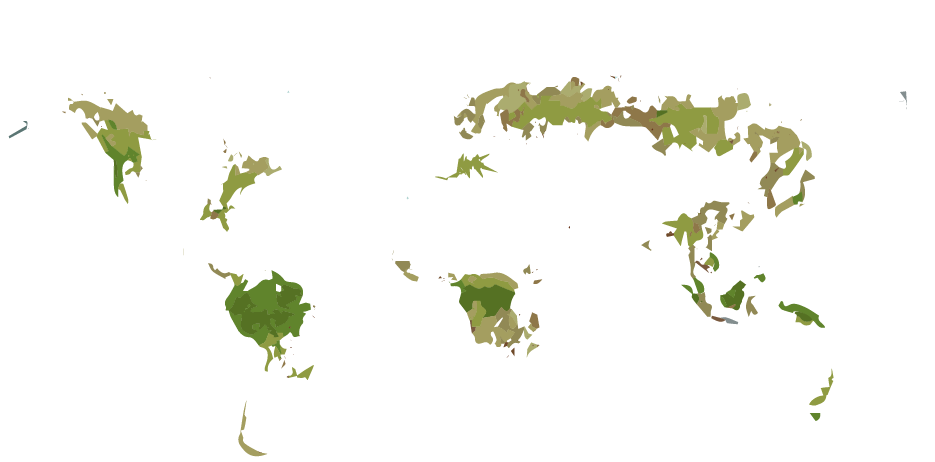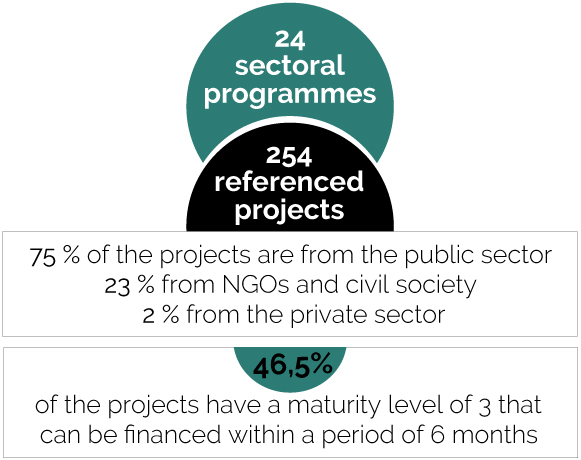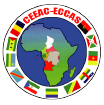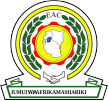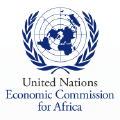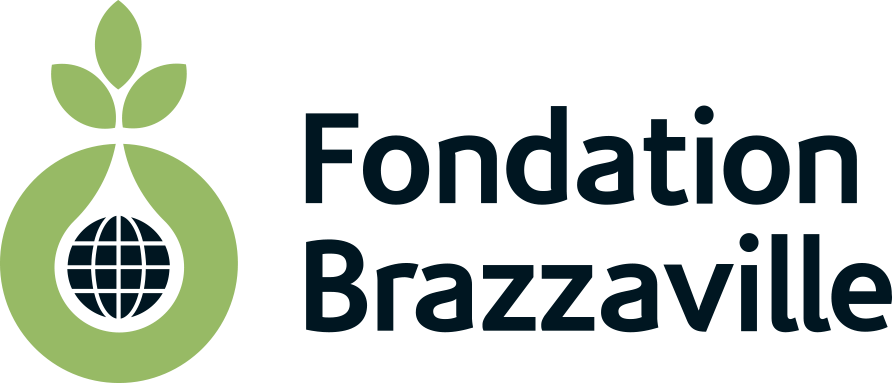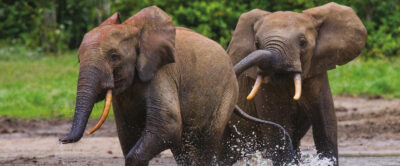Conservation of the Congo Basin
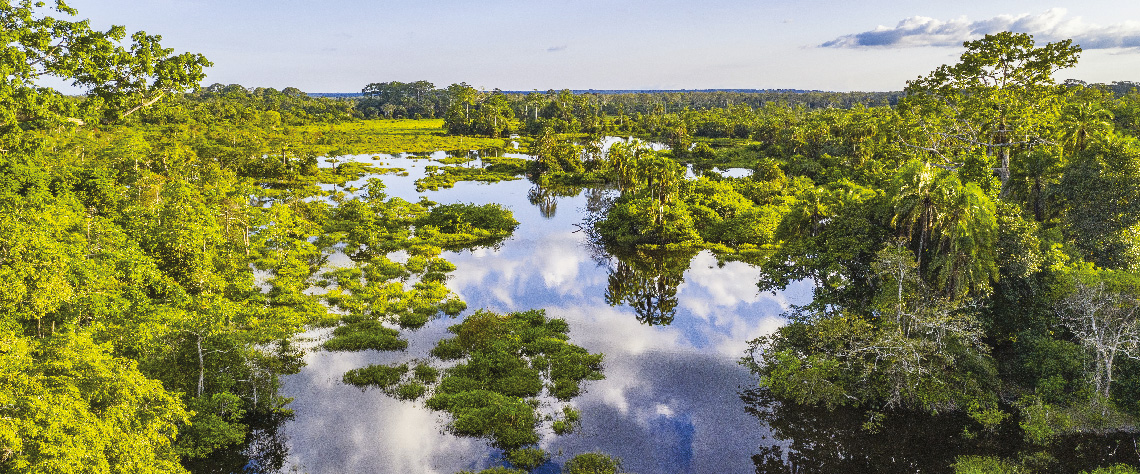
The Congo Basin is a vast tropical sub-region of the African continent. It is home to an exceptional natural heritage where mankind and a rich biodiversity cohabit. The basin provides ecological services that are indispensable to living beings, such as provisioning and regulation. However, the acceleration of human activity is causing disturbances and damage that threaten the integrity and survival of ecosystems.
Documentary resources
Date
- Date
- 2022
- 2021
- 2020
- 2018
- 2017
- 2016
Publishers
- Publishers
- Adiac Congo
- Agence Ecofin
- BBC Africa
- CBCC
- Cision
- Brazzaville Foundation
- Geneva Water Hub
- Huffington Post
- La Revue des Transitions
- La Tribune Afrique
- Le Journal de l'Afrique
- Le Soleil
- Ministry of the Environment of the Republic of Congo
- Mint
- UN
- Paris Match
- Politico
- Strategic Foresight Group
- Tatler
- Telesud
- VivAfrik
Supports
- Supports
- Article
- Conference
- Interview
- Publication
- Op-ed
Contributors
- Contributors
- Jean-Yves Ollivier
- HRH Prince Michael of Kent
- Olusegun Obasanjo
- Ilmas Futehally
- Dr Sundeep Waslekar
09/03/2017
Strategic Foresight Group
Article
Launch of the Congo Basin Blue Fund
09/03/2017
Adiac Congo
Article
Congo Basin: nine African countries commit to the creation of the Blue Fund
09/03/2017
Cision
Article
Memorandum of understanding signed in Oyo to protect the Congo Basin
16/01/2017
Mint
Op-ed
Water, a force for peace
22/11/2016
UN
Publication
Speech by President Danilo Turk of the Republic of Slovenia at UN Special Session 7818 on Water, Peace and Security
01/08/2016
Brazzaville Foundation
Publication



